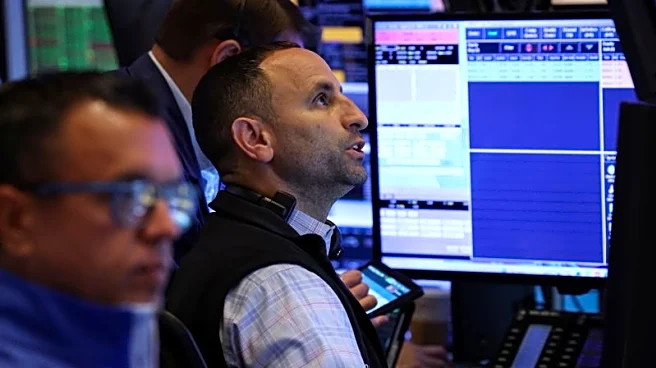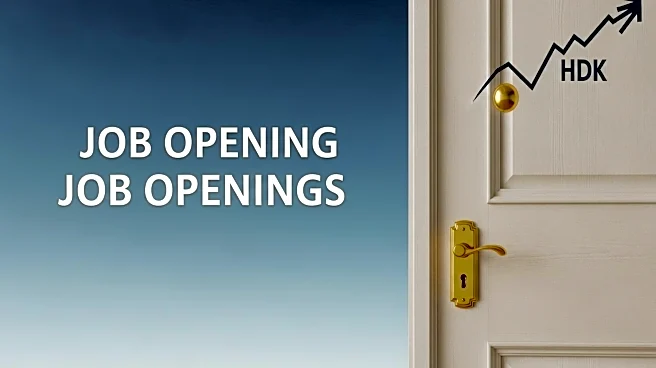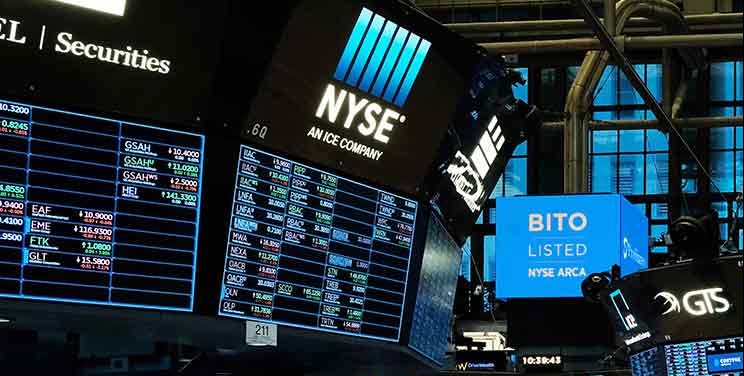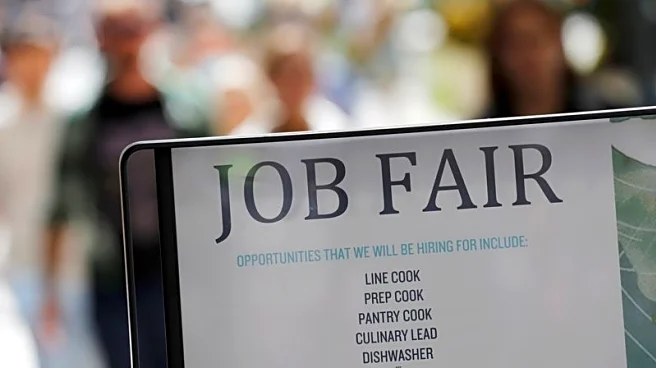What is the story about?
What's Happening?
The U.S. job market is experiencing a significant slowdown, as indicated by the latest Job Openings and Labor Turnover Survey (JOLTS). The survey revealed that job openings in July fell to 7.18 million, a decrease from June's revised figure of 7.36 million. This marks the lowest level of job openings in nearly a year, reflecting a cooling hiring momentum. The decline in job openings is most pronounced in industries such as healthcare, arts and recreation, and mining, with the South and Northeast regions experiencing the largest drops. The report comes amid growing economic uncertainty, with businesses scaling back recruitment efforts.
Why It's Important?
The decline in job openings is a critical indicator of the U.S. labor market's health and has significant implications for economic policy and market sentiment. A cooling labor market could influence the Federal Reserve's monetary policy decisions, particularly regarding interest rates. The slowdown is attributed to supply-side factors, including immigration restrictions, which have impacted hiring rates. This development raises concerns about potential stagflation, where slow economic growth is coupled with inflation. Investors are closely monitoring these trends, as they could lead to increased financial volatility and affect stock market performance.
What's Next?
The upcoming jobs report for August is highly anticipated, as it will provide further insights into the labor market's trajectory. Analysts predict that the unemployment rate may rise slightly, reflecting the ongoing challenges in the job market. The Federal Reserve faces a delicate balancing act in managing interest rates amid persistent inflation and a stalling labor market. Any policy missteps could exacerbate economic instability. Additionally, businesses and investors will be watching for signs of improvement or further deterioration in job growth, which could influence future economic strategies.
AI Generated Content
Do you find this article useful?
















